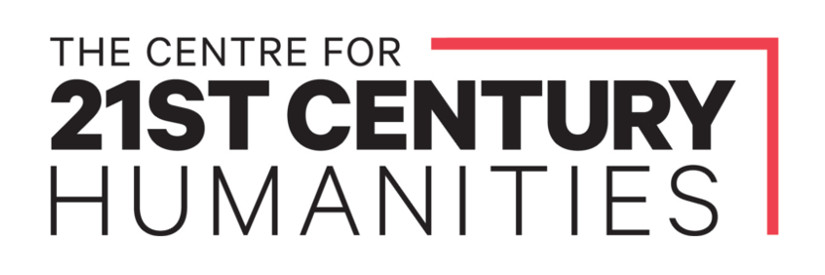| Site Name | Gan Gan |
| Aboriginal or Torres Strait Islander Place Name | Gangan |
| Language Group, Nation or People | Yolngu – Dhalwangu and Gumatj people |
| Present State/Territory | NT |
| Colony/State/Territory at the time | NT |
| Police District | Darwin |
| Latitude | -13.046 |
| Longitude | 135.944 |
| Date | Between 1 Jan 1911 and 31 Dec 1913 |
| Attack Time | Day |
| Victims | Aboriginal or Torres Strait Islander People |
| Victim Descriptions | |
| Victims Killed | 25 |
| Victims Killed Notes | Men, women and children. |
| Attackers | Colonists |
| Attacker Descriptions | Mounted Police |
| Attackers Killed | 0 |
| Attackers Killed Notes | |
| Transport | Horse |
| Motive | Reprisal |
| Weapons Used | Firearm(s) |
| Narrative | Men of two clan groups were at a men's ceremony, and women collecting food nearby were massacred at Gan Gan, killing almost everyone. Some were captured and some escaped. Following this Aboriginal people killed two colonists at Trial Bay. The attackers went to Trial Bay and then to Birany Birany where they massacred men, women and children again. They later returned to collect skulls for sale in southern cities. See also Birany Birany.
According to Galarrwuy Yunupingu, 'At Gan Gan these men on horseback performed their duties and killed an entire clan group – men, women and children. They shot them out and killed them in any way they could so that they could take the land. These men on horseback then rode to Birany Birany and killed many of our Yarrwidi Gumatj, the saltwater people who cared for the great ceremonies at Birany Birany. There are few places in our lives as sacred as Gan Gan – from its fresh waters all things come – and Birany Birany.' (Yunupingu, G 2016) According to Bronwyn Wuyuwa Yunupingu men from two tribes were at a private ceremony site while the women and children collected food. 'None of them knew that a party of men with guns were riding towards the camp on horses. They were led by a man called Balayni also known as Bill Harney, a yella-fella from the Roper River area. The armed men band of men rode in to the camp and shot the older women.' (p4) The men saw their wives being shot and retaliated with spears but were driven back to a lagoon where some were shot and killed. Some children escaped and joined with some of the surviving men. Bill Harney's group captured other men women and children. She adds that, "This was not the end of the story though Bill Harney returned the next year and collected the skulls of the people he had murdered. And later sold them to a museum in southern cities and made a lot of money.'(Yunupingu, B p 13) Following this Yunupingu's people killed 2 or Harney's men at Trial Bay, and Bill Harney returned and massacred people at Birany Birany (Yunupingu, B p 15). In the Preface to Bronwyn Wuyuwa Yunupingu A True, Bad Story Devlin wrote: 'The Bilayni or Bill Harney of this story is not to be confused with the man of the same name who was at one stage Protector of the Aborigines in the late 1940s and who later became an authority on Aboriginal matters'. Devlin said he had interviewed Birrikitji Gumana (the father of Gawirrin) who 'asserted without hesitation' that the Bilayni of the Gangan story 'came, murdered and was never seen again'. Using genealogical methods Devlin concluded the Gangan incident took place 'possibly a little before the war (1914-18)'. He therefore concluded that the Bilayni of the story was not the Bill Harney 'who was in the Gove area in 1946' (Yunupingu, B p i). The events described indicate a high death toll, but that more escaped at Birany Birany, so the number of victims at Birany Birany may have been lower than at Gan Gan. Other massacres with recorded death tolls in this region and time, tend to average around 20 to 30. Warren Snowdon, when speaking of the death of Dr Gumana, said that, 'Dr Gumana spoke about a vengeance massacre of up to 30 of his people at Gangan when he was a young boy' (Snowdon, 2016). Galarrwuy Yunupingu said that 'an entire clan group' was killed and Bronwyn Wuyuwa Yunupingu indicated two groups were at the ceremony. The minimum size of a viable a clan group is about 20 (Mann, 2013 p 167-183) and they may be much larger. Since this was a large massacre, and there may have been two clan groups, 25 killed at Gan Gan is a conservative estimate. |
| Sources | Yunupingu, B 1981 https://territorystories.nt.gov.au/10070/871805/0; Yunupingu, G 2016 https://www.themonthly.com.au/issue/2016/july/1467295200/galarrwuy-yunupingu/rom-watangu; NAA, Uncommon Lives, Dhakiyarr Wirrpanda https://www.naa.gov.au/students-and-teachers/learning-resources/learning-resource-themes/first-australians/history/yolgnu-elder-dhakiyarr-wirrpanda-high-court-case; Warren Snowdon MHR, 2016 https://www.openaustralia.org.au/debate/?id=2016-11-23.156.2; Gumana, B biography https://www.aboriginal-bark-paintings.com/birrikidji-gumana/; Rothwell, N 2007; Yunupingu G 2017, p 54-55; Mann, B.A. 2013. (Sources PDF) |
| Corroboration Rating | ** |

